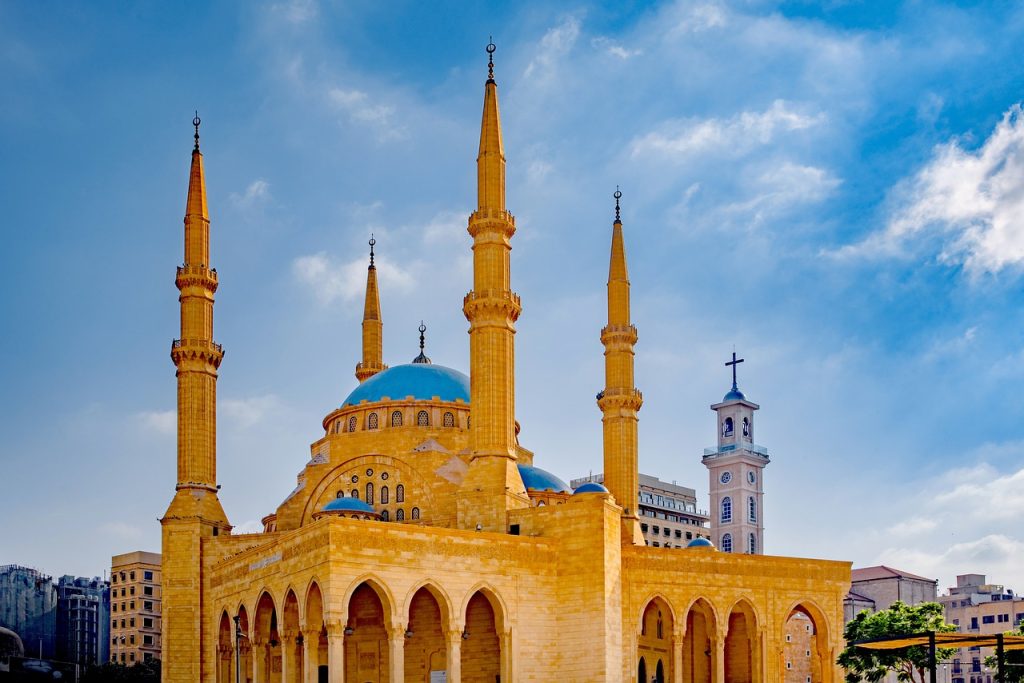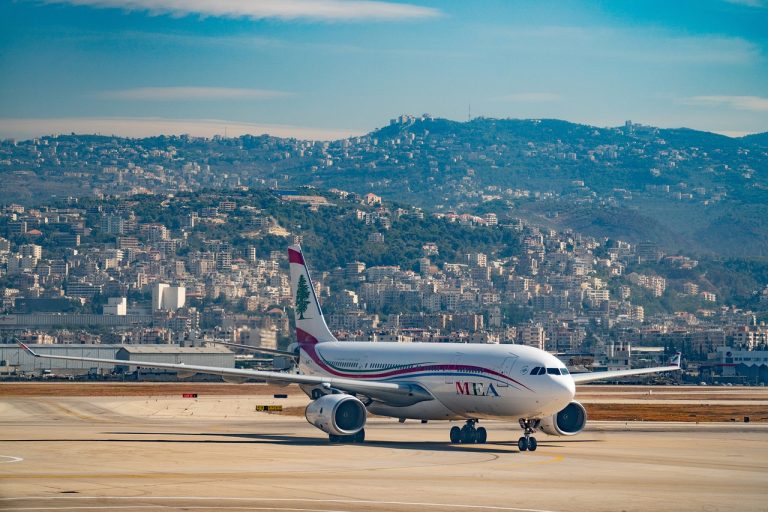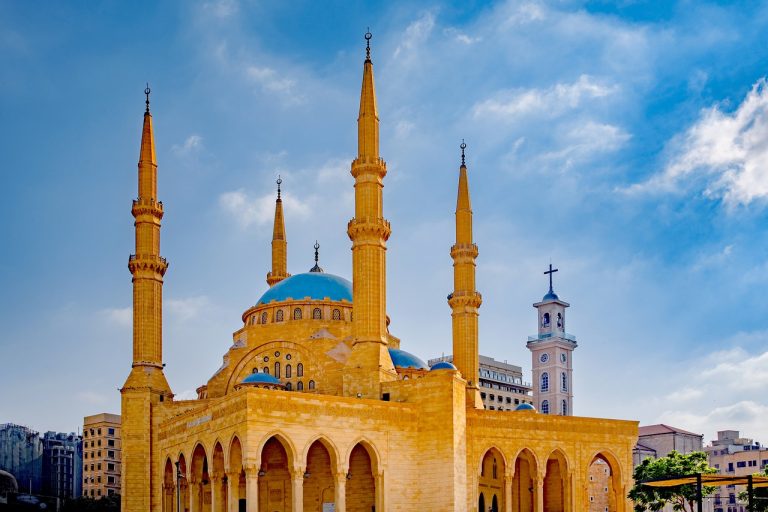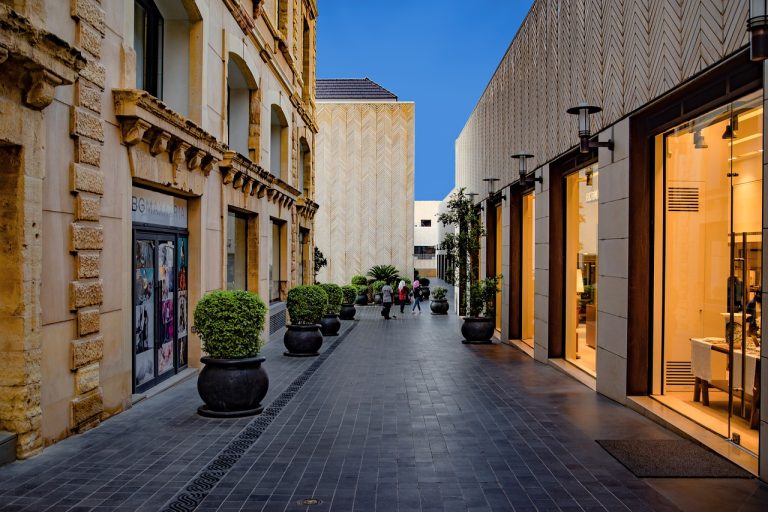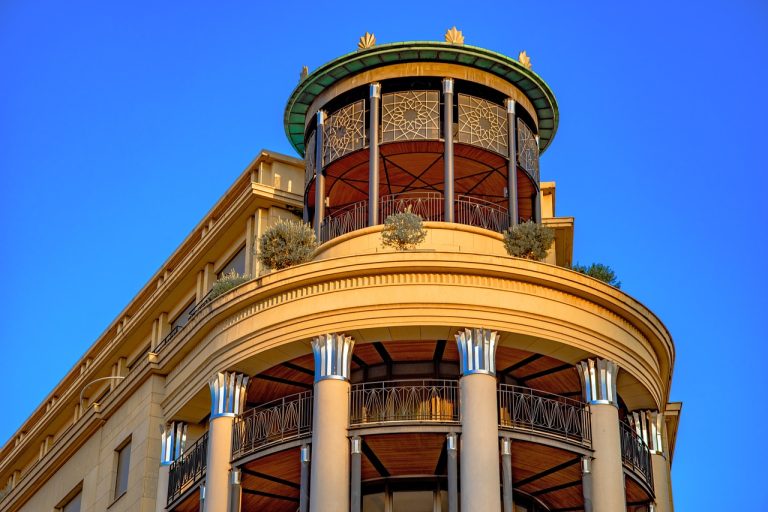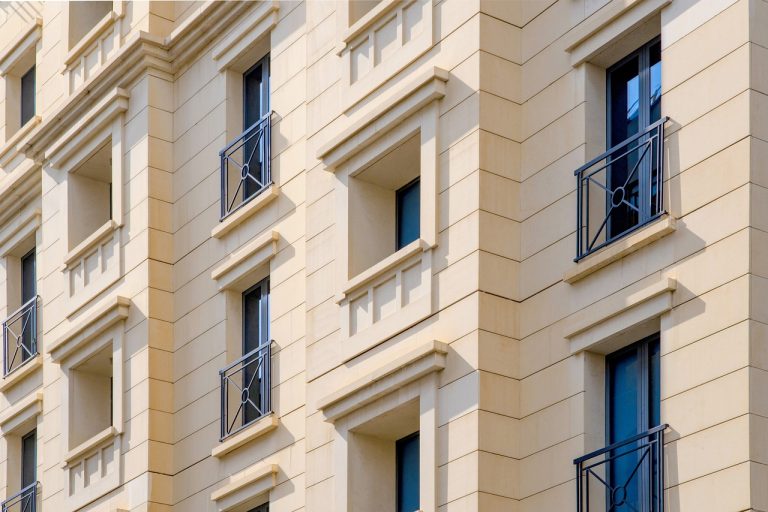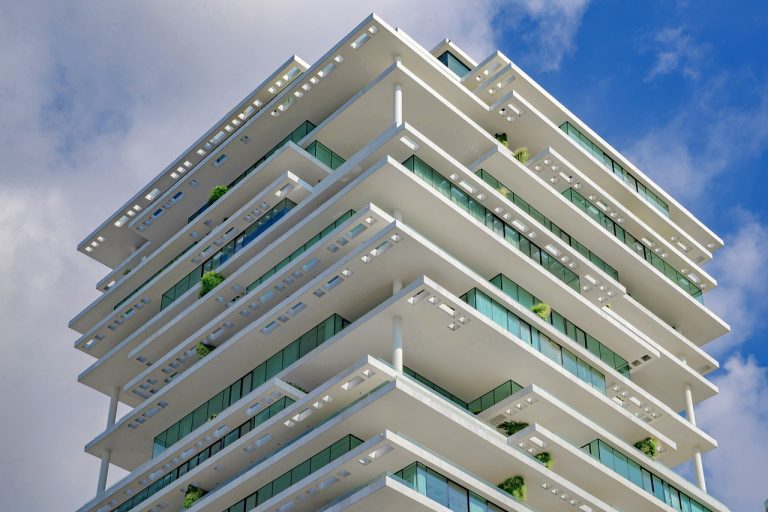Beirut Lebanon Video
Historical Treasures of Beirut Lebanon: Reliving the Past
Beirut, the capital city of Lebanon, is a city rich in history and culture. From ancient ruins to architectural marvels, Beirut is home to numerous historical treasures that offer a glimpse into the past. Exploring these sites allows visitors to relive the stories and experiences of the people who lived in Beirut centuries ago. In this article, we will take a closer look at some of the most prominent historical treasures of Beirut.
Beirut National Museum
- Archaeological Artifacts: The Beirut National Museum houses a vast collection of archaeological artifacts that span over 5,000 years of history. From Phoenician statues and Roman mosaics to Byzantine jewelry and Islamic ceramics, the museum offers a comprehensive overview of Lebanon’s rich cultural heritage.
- Phoenician Sarcophagi: One of the highlights of the museum is the collection of Phoenician sarcophagi. These intricately carved stone coffins provide valuable insights into the Phoenician civilization that thrived in the region thousands of years ago.
- Greek and Roman Sculptures: The museum also showcases a remarkable collection of Greek and Roman sculptures, including statues of gods, emperors, and mythological figures. These sculptures exemplify the skill and artistry of ancient craftsmen.
Keywords: Beirut National Museum, archaeological artifacts, Phoenician sarcophagi, Greek and Roman sculptures
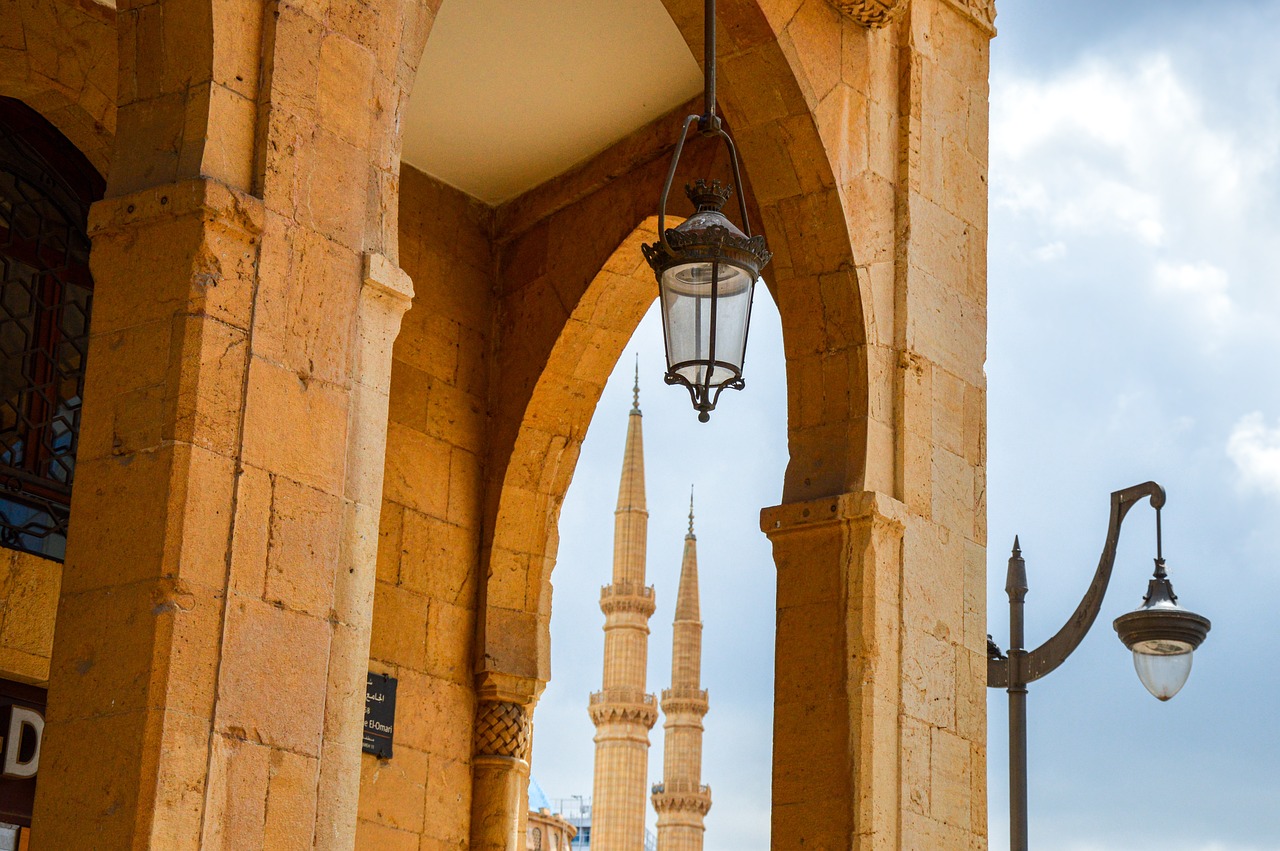
Byblos
- Phoenician City: Byblos, located just north of Beirut, is one of the oldest continuously inhabited cities in the world. It was an important center of trade and culture for the ancient Phoenicians. Today, visitors can explore the ruins of the ancient city, including the Temple of Baalat Gebal and the Crusader Castle.
- Phoenician Alphabet: Byblos is also renowned as the birthplace of the Phoenician alphabet, which later influenced the development of the Greek and Latin alphabets. The city holds great historical significance in the field of linguistics.
- Medieval Souks: In addition to its ancient ruins, Byblos is known for its charming medieval souks. These bustling markets offer a unique shopping experience, with vendors selling traditional crafts, spices, and souvenirs.
Keywords: Byblos, Phoenician city, Phoenician alphabet, medieval souks
Beiteddine Palace
- Architectural Gem: Beiteddine Palace, located in the Chouf Mountains, is a masterpiece of Lebanese architecture. Built in the 19th century, the palace showcases a blend of Ottoman, Mamluk, and Italian architectural styles. Its intricate details and exquisite craftsmanship make it a must-visit attraction.
- Mosaic Courtyard: One of the highlights of Beiteddine Palace is its stunning mosaic courtyard. The courtyard features colorful geometric patterns and floral motifs, creating a mesmerizing visual spectacle.
- Museum of Emir Bechir: Within the palace complex, visitors can explore the Museum of Emir Bechir, which houses a collection of artifacts and documents related to the ruling family of the time. The museum provides insights into the political and cultural history of Lebanon.
Keywords: Beiteddine Palace, architectural gem, mosaic courtyard, Museum of Emir Bechir

Pigeon Rocks
- Natural Landmark: Pigeon Rocks, also known as Raouche Rocks, are a pair of towering rock formations located off the coast of Beirut. These natural landmarks have become an iconic symbol of the city and offer breathtaking views of the Mediterranean Sea.
- Geological Formation: The rocks are believed to be formed over millions of years through geological processes. Their unique shape and composition make them a fascinating sight for geologists and nature enthusiasts.
- Pigeon Rock Reserve: Visitors can take a boat tour to explore the Pigeon Rock Reserve, which is home to a variety of marine life. The reserve is a popular spot for diving and snorkeling, allowing visitors to discover the underwater world of Beirut.
Keywords: Pigeon Rocks, natural landmark, geological formation, Pigeon Rock Reserve
Sursock Museum
- Modern and Contemporary Art: The Sursock Museum is a renowned art museum in Beirut, dedicated to modern and contemporary art. It houses a diverse collection of artworks by Lebanese and international artists, including paintings, sculptures, and installations.
- Historic Mansion: The museum is located in a historic mansion that belonged to the Sursock family, one of Beirut’s prominent aristocratic families. The mansion itself is a work of art, with its grand architecture and opulent interiors.
- Cultural Events: In addition to its permanent collection, the Sursock Museum hosts temporary exhibitions, workshops, and cultural events. It serves as a vibrant hub for the artistic community in Beirut.
Keywords: Sursock Museum, modern and contemporary art, historic mansion, cultural events
Jeita Grotto
- Natural Wonder: Jeita Grotto is a spectacular cave system located in the Nahr al-Kalb Valley, just north of Beirut. It is known for its stunning stalactite and stalagmite formations, underground rivers, and breathtaking chambers.
- World Heritage Site: The grotto was nominated as one of the New7Wonders of Nature and is a UNESCO World Heritage Site. It attracts visitors from around the world who are fascinated by its natural beauty and geological significance.
- Boat Ride: Visitors can explore the lower grotto by taking a boat ride along the underground river. The serene journey offers a unique perspective of the cave formations and creates a memorable experience.
Keywords: Jeita Grotto, natural wonder, World Heritage Site, boat ride
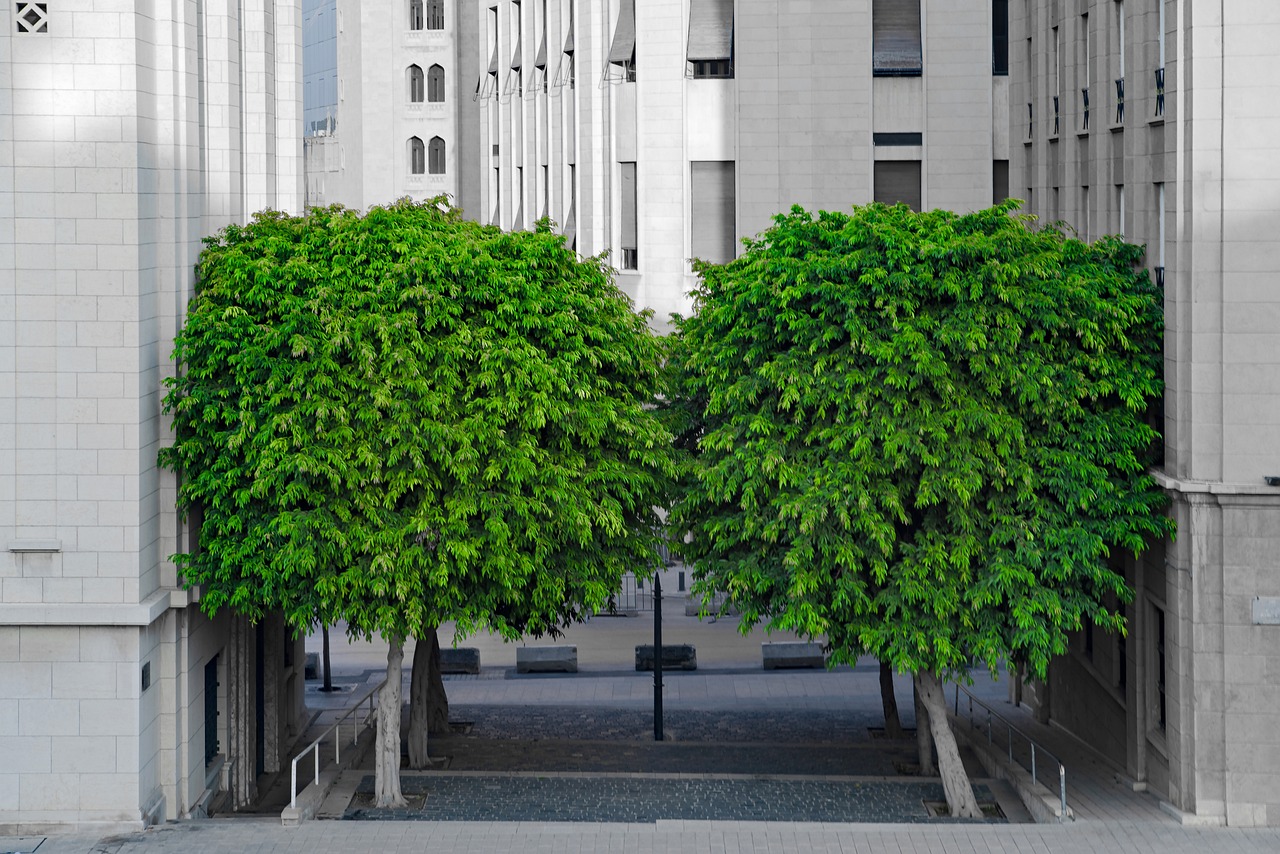
Martyrs’ Square
- Historical Square: Martyrs’ Square, located in the heart of Beirut, holds great historical and political significance. It was the central gathering point during Lebanon’s struggle for independence and has witnessed numerous protests and demonstrations.
- Monument to the Martyrs: The square is dominated by the Monument to the Martyrs, a towering bronze statue dedicated to Lebanese nationalists who lost their lives in the fight for independence. It serves as a reminder of the sacrifices made for freedom.
- Surrounding Landmarks: Martyrs’ Square is surrounded by important landmarks, including the Mohammad Al-Amin Mosque, the Parliament of Lebanon, and the Grand Serail. It is a hub of political, cultural, and social activities in Beirut.
Keywords: Martyrs’ Square, historical square, Monument to the Martyrs, surrounding landmarks
Beirut Souks
- Shopping District: Beirut Souks is a vibrant commercial district that offers a unique shopping experience. It is home to a wide range of international brands, luxury boutiques, and local shops selling everything from fashion and accessories to home decor and gourmet food.
- Historic Transformation: The souks were rebuilt after the Lebanese Civil War, transforming the war-torn area into a modern and bustling shopping destination. The architecture combines traditional Lebanese elements with contemporary design.
- Restaurants and Cafes: Beirut Souks also feature a variety of restaurants and cafes, offering a diverse culinary experience. Visitors can indulge in Lebanese cuisine as well as international flavors.
Keywords: Beirut Souks, shopping district, historic transformation, restaurants and cafes
Roman Baths
- Ancient Bath Complex: The Roman Baths in Beirut are a testament to the city’s Roman past. These well-preserved ruins date back to the 2nd century AD and provide a glimpse into the daily life of the Roman inhabitants.
- Architectural Features: The baths feature various architectural elements, including heated rooms, cold pools, and intricate mosaic floors. The complex was an important social and cultural center during Roman times.
- Archaeological Excavations: Ongoing archaeological excavations at the site continue to uncover new discoveries and shed light on the history of the Roman Baths and the ancient city of Beirut.
Keywords: Roman Baths, ancient bath complex, architectural features, archaeological excavations
Conclusion
Beirut, Lebanon’s capital city, is a treasure trove of history and culture. From ancient archaeological sites to modern art museums, Beirut offers a diverse range of historical treasures for visitors to explore. By immersing themselves in the rich heritage of the city, visitors can truly relive the past and gain a deeper understanding of Lebanon’s fascinating history.
References
- Beirut National Museum – www.beirutnationalmuseum.com
- Byblos – www.byblos.com
- Beiteddine Palace – www.beiteddinepalace.org
- Pigeon Rocks – www.pigeonrocks.com
- Sursock Museum – www.sursock.museum
- Jeita Grotto – www.jeitagrotto.com
- Martyrs’ Square – www.martyrssquare.com
- Beirut Souks – www.beirutsouks.com
- Roman Baths – www.romanbathslebanon.com

